Slideshow: World Photography
Photography by Sally Eagle, MBA’78, and her husband, Dan Mead
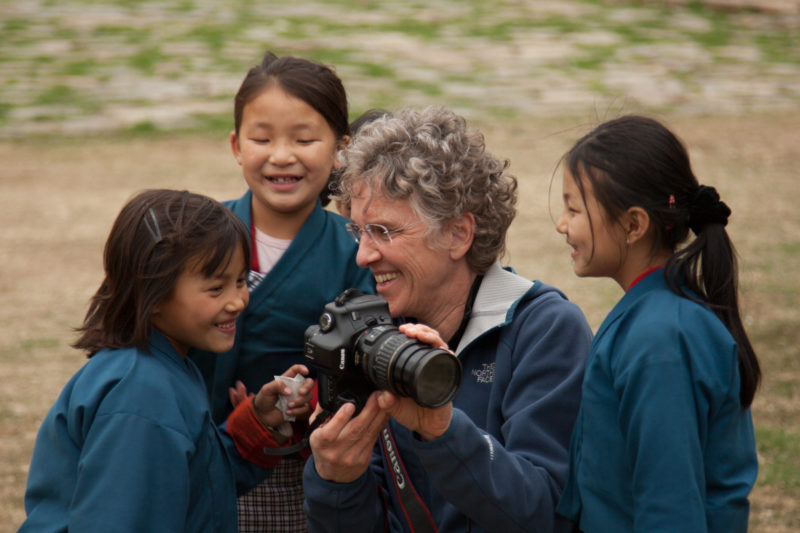
Grizzly Bear in Alaska
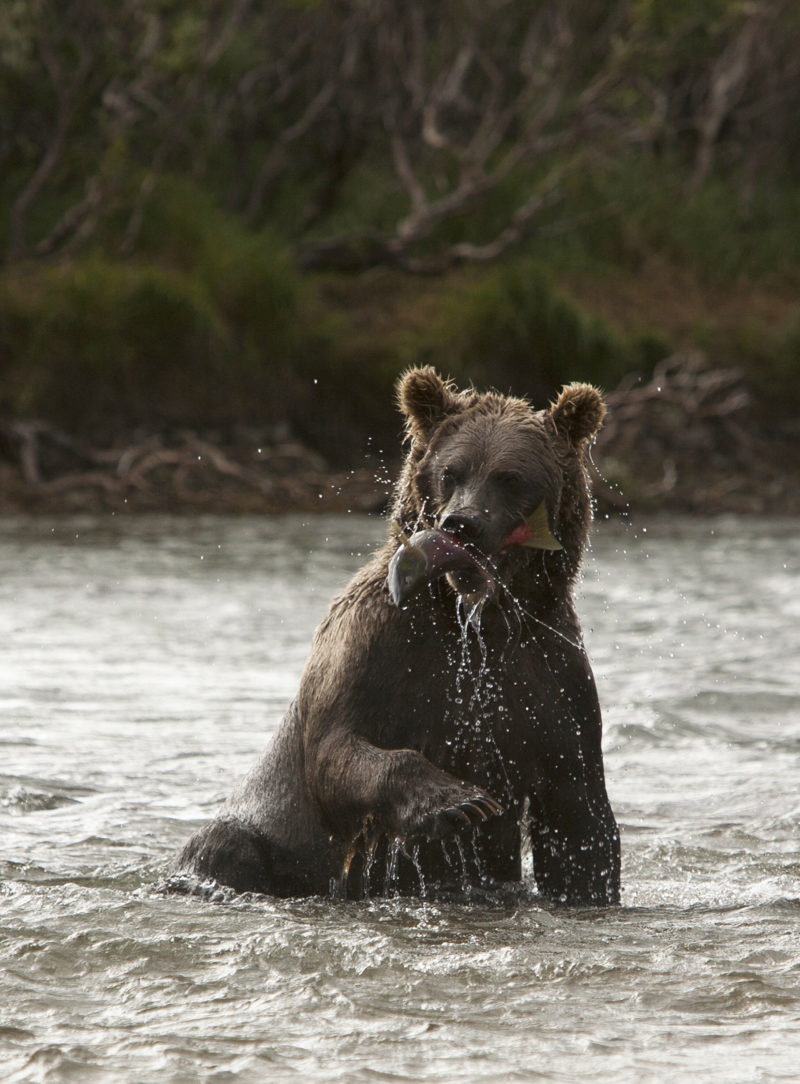
Some of Eagle’s and Mead’s photos are taken with a telephoto lens, but a lot are shot with a standard lens. Eagle snapped this shot of a grizzly bear in Alaska from about 30 feet away.
Desert Volcanoes
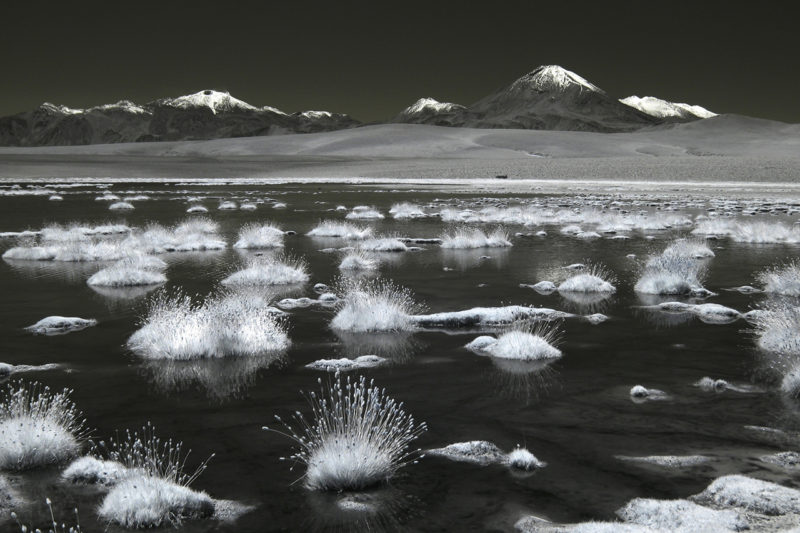
“This infrared photo was taken in Chile’s high-altitude Atacama Desert, one of the driest places on earth,” says Eagle, “Digital cameras can be stripped of the ‘available light’ sensor (red, blue, and green), and replaced with an infrared sensor that detects the infrared bandwidth that cannot be seen by the naked eye. IR turns everything green into white, and depending how light hits the sensor, it can produce a variety of interesting tones, especially with clouds, vegetation, and water. A shallow freshwater pond is in the foreground, and the green tussock grass is now white because of the IR. The active volcanoes in the background are snow-capped. We presume the occasional pool of water comes from glacial runoff because it rarely rains there.”
The Buddhist Gom Kora Festival in Eastern Bhutan

Two years ago, Eagle and Mead traveled to eastern Bhutan to photograph the scenery and the Buddhist Gom Kora festival. “Bhutan remains one of the more intact Buddhist cultures in the world,” says Eagle, “but even this remote country has become more accessible, despite its difficult, mountainous terrain.”
Cementerio de la Recoleta in Buenos Aires, Argentina

Cementerio de la Recoleta in Buenos Aires, Argentina, was established in 1822. Many of the cemetery’s vaults are in good shape, but others are crumbling. “My photo tries to capture the ethereal and spiritual feeling of the cemetery,” says Eagle.
Melting Iceberg off the Antarctic Peninsula

This melting iceberg, with a glacier in the background, is off the Antarctic Peninsula. Eagle says, “My close-up illustrates the very dynamic changes taking place in the ecosystem as temperatures slowly begin to rise.”
Ostriches in Skeleton Coast, Namibia
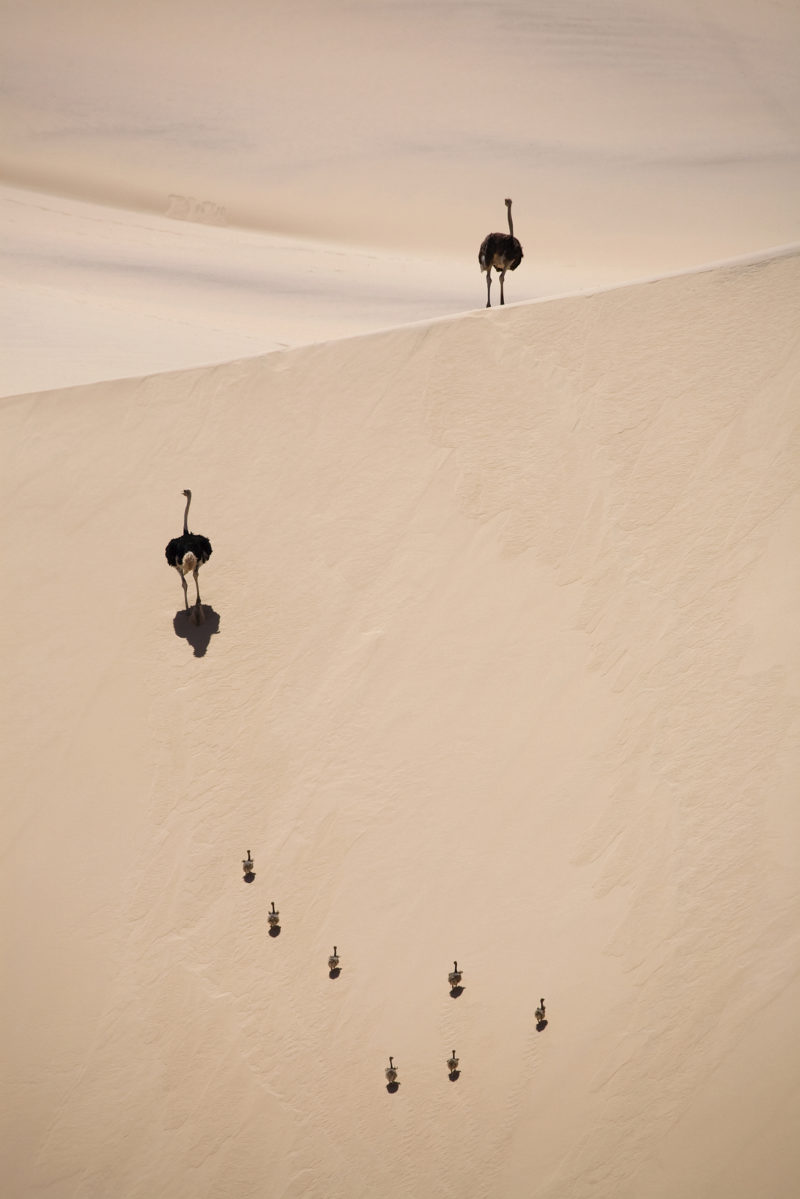
Mead snapped this shot of ostriches near the Skeleton Coast of Namibia. “The picture was honored with an international wildlife photography award in 2009 in London, received subsequent recognition from the Windland Smith Rice International Awards, and was displayed at the Smithsonian’s National Museum of Natural History in Washington, D.C., for six months,” says Eagle. “The nice thing about working together is that we have twice the opportunity to take good photos.”
King Penguin Chicks, St. Andrews Bay, South Georgia
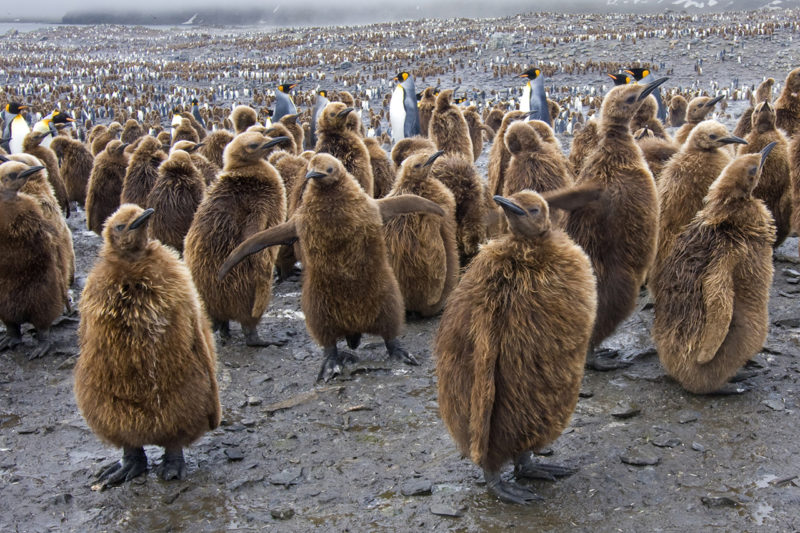
Eagle took this picture of King penguin chicks on the edge of St. Andrews Bay, South Georgia, a remote island in the southern Atlantic Ocean. “The chicks are searching for their parents who left them alone on shore all winter,” says Eagle. “The adults have just returned from six months in the Antarctic waters where they fed on krill that they will regurgitate to feed the chicks.”
Barsingha Dunes
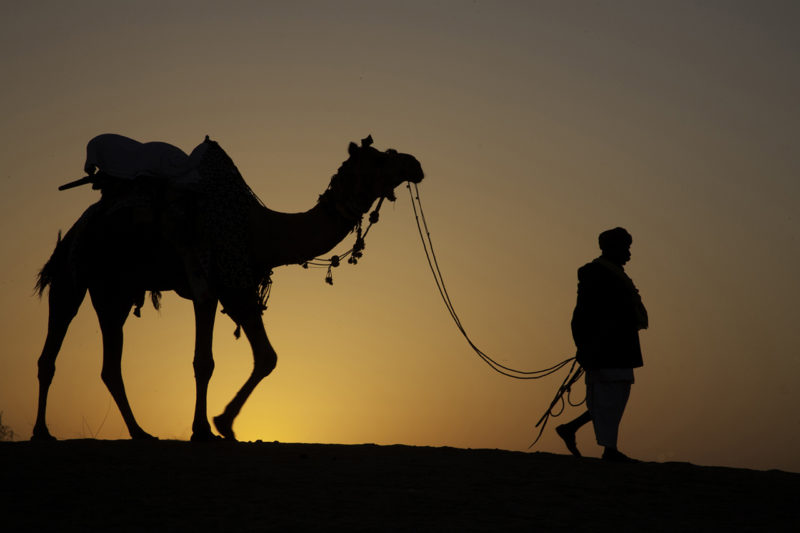
The camel and driver were photographed at sunset on a trip to India in fall 2012. Eagle says, “Dan and I had been to the Himalayas before, but this time we went to Rajasthan for the annual camel fair and bazaar in Pushkar, where men buy and sell livestock and women trade in jewelry and textiles. Then we went on a pilgrimage to Amritsar to see the holiest temple for the Sikhs, and to the banks of the Ganges River in Varanasi, one of the most sacred locations for Hindus.”
